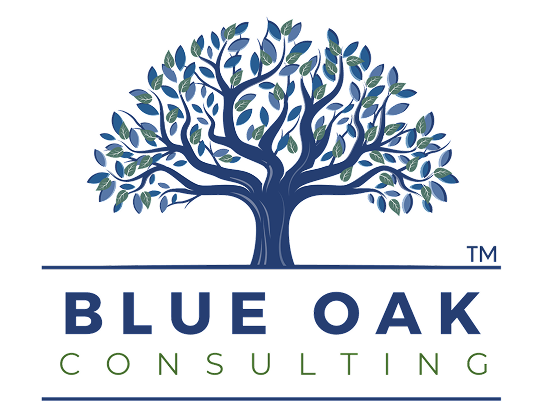And what to do before they quietly derail your growth.
Most small business owners don’t wake up one morning and say,
“Let’s make some bad financial decisions today.”
But over time, little habits and oversights pile up. You get busy. You lean on gut instinct. You think, “We’re not big enough to worry about that yet.”
Then one day, cash is tight. Profit looks good on paper but not in the bank. And growth feels more like treading water than moving forward.
Let’s talk about three of the most common financial traps I’ve seen—and how to avoid them.
1. Confusing Profit with Cash Flow
This is the classic one.
You’re looking at your P&L. You see net income. Maybe even a strong percentage.
So why does your bank balance still make you nervous?
Because profit ≠ cash.
Here’s why it happens:
- You’re booking revenue before it’s collected
- You’ve got aging receivables
- Inventory is tying up your dollars
- Debt payments and capital expenditures don’t show up on your P&L
✔ What to do:
Start running regular cash flow forecasts. Track inflows and outflows by week or month—not just by quarter. Understand the timing of cash movement, not just profitability on paper.
2. “Ballpark” Pricing and Costing
If your pricing strategy is “add 30% and hope it works,” you’re already losing margin.
Too many businesses don’t:
- Know their actual cost per unit
- Factor in overhead properly
- Adjust pricing as costs change
- Review profitability by product or customer segment
And when margins start slipping? You’re stuck guessing at where the leak is.
✔ What to do:
Start with job costing. Get granular.
Know your true costs—materials, labor, overhead—and review them frequently. You might be shocked where your margin is disappearing.
3. Running the Business by Bank Balance
It sounds like this:
“If there’s money in the account, we’re good.”
Until payroll hits. Or a quarterly tax bill shows up. Or a surprise repair wipes you out.
Bank balance management is reactive. It tells you where you’ve been—not where you’re going.
✔ What to do:
Use weekly cash tracking paired with rolling forecasts. Know what’s coming—not just what’s there. This gives you room to plan, hire, invest—or pull back—before a crisis hits.
Bonus Pitfall: Delegating Financial Visibility to Your Bookkeeper
Look, bookkeepers are essential. But they’re not your CFO.
If you’re only looking at financials once a month—or relying on someone else to explain what they mean—you’re leading without a map.
✔ What to do:
Review financials weekly. Ask questions. Tie decisions to metrics. And if this feels overwhelming? That’s where a Fractional CFO comes in.
Profitability Is Built on Awareness
You don’t need to be a finance expert to lead a financially healthy business.
You just need visibility, rhythm, and the right support.
So ask yourself:
- Do I really understand where our cash goes?
- Are we pricing based on facts or habit?
- Am I steering proactively—or reacting to my balance?
Small improvements in these areas can unlock big gains.
👉 Learn more at blueoakconsulting.net





